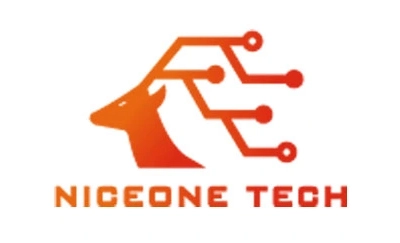
A membrane switch is an integrated manipulation system that combines the button function, indicator element, and instrument panel. It is aesthetically pleasing and lightweight, with excellent conductivity. It has features such as water resistance, dust resistance, and anti-static interference. It is widely used in electronic communications, medical equipment, industrial control, instrumentation, the automotive industry, and smart homes. The following is a brief introduction to the manufacturing process of membrane switches.
The structure of a membrane switch is divided into five layers: panel layer, adhesive layer, upper circuit, interlayer (isolation layer), lower circuit, and back adhesive. The panel layer is generally made of high-toughness PET or PC translucent colorless sheet with a thickness of less than 0.25mm. It is printed with patterns and text and serves the main purpose of identification and button operation. The adhesive layer generally uses a strong double-sided adhesive with a thickness of 0.05~0.15mm to tightly bond the panel and upper circuit. The upper and lower circuits both use 0.125mm thick (sometimes 0.075mm and 0.1mm thickness may be used) flexible polyester film (PET) with good flexibility. They are printed with conductive silver paste and conductive carbon paste, which are dried and aged to give them conductivity. For circuit output terminals with a spacing of less than 1mm, gold finger connector sockets can easily puncture the silver paste and cause defects. It is recommended to use FPC with strong wear resistance for the entire circuit to prevent defects. The interlayer acts as an insulator and adhesive between the upper and lower circuits and usually uses a double-sided adhesive with a thickness of 0.1~0.25mm and PET base material. The bottom layer adhesive should first consider which material it will be adhered to and choose a strong double-sided adhesive that can adhere closely to the adhering surface.
A membrane switch is an integrated system, and all material selection should consider overall sealing, water resistance, insulation, and aging resistance. For outdoor use of membrane switches, it is also necessary to consider wind, rain, temperature differences between winter and summer, and the strong ultraviolet radiation from the sun.
The pre-press process of screen printing is first to compare the film with a sample to determine if the film is correct and free from damage. It is necessary to check whether the screen is cleaned and free from dirt and damaged small holes. In general, a 100T screen is used for circuits, and a 120T screen is used for panels. Then, compare the film against the sample to determine whether the film should be exposed in the right direction or in reverse.
The formulation of ink is an important task in the screen printing process, which directly affects the appearance quality of the custom membrane switch panel. The ink technician must have a good grasp of color knowledge and ink formulation process to ensure that the formulated ink has vivid colors, good brightness, and accurate hue.
The assembly process is divided into punching, blistering, placing snap domes, lamination, molding, terminal punching, and other steps. Punching is a key point in accurate blistering. If the hole positions are not accurate, the blistering key positions will not be centered, and the assembly will be skewed, resulting in defects. The hole positions should be set properly, and it should be checked whether the left empty space punched is centered. If it is not centered, sampling should be done again.
The quality of blistering is closely related to the precision of the mold. If the radius of the mold key is too small, the panel will not rebound easily after blistering. If the radius of the molded key is too large, the panel will have a poor feel after blistering. Each key should have the same height and balanced force.
Membrane switch panels generally use nickel-plated snap domes. When high stability of resistance and sensitivity of the buttons is required, gold-plated snap domes can be used. Before installing the snap domes, arrange them properly and use tweezers to place them on the button positions of the circuit board to ensure that they are centered. After placing each snap dome, press it with tweezers to ensure that there are no double snap domes. If double snap domes occur, the feel of the membrane switch will be significantly heavier or even non-existent. The membrane keyboard manufacturers ensure that every step of this process is carried out with high precision to maintain consistent performance and reliability in their products.